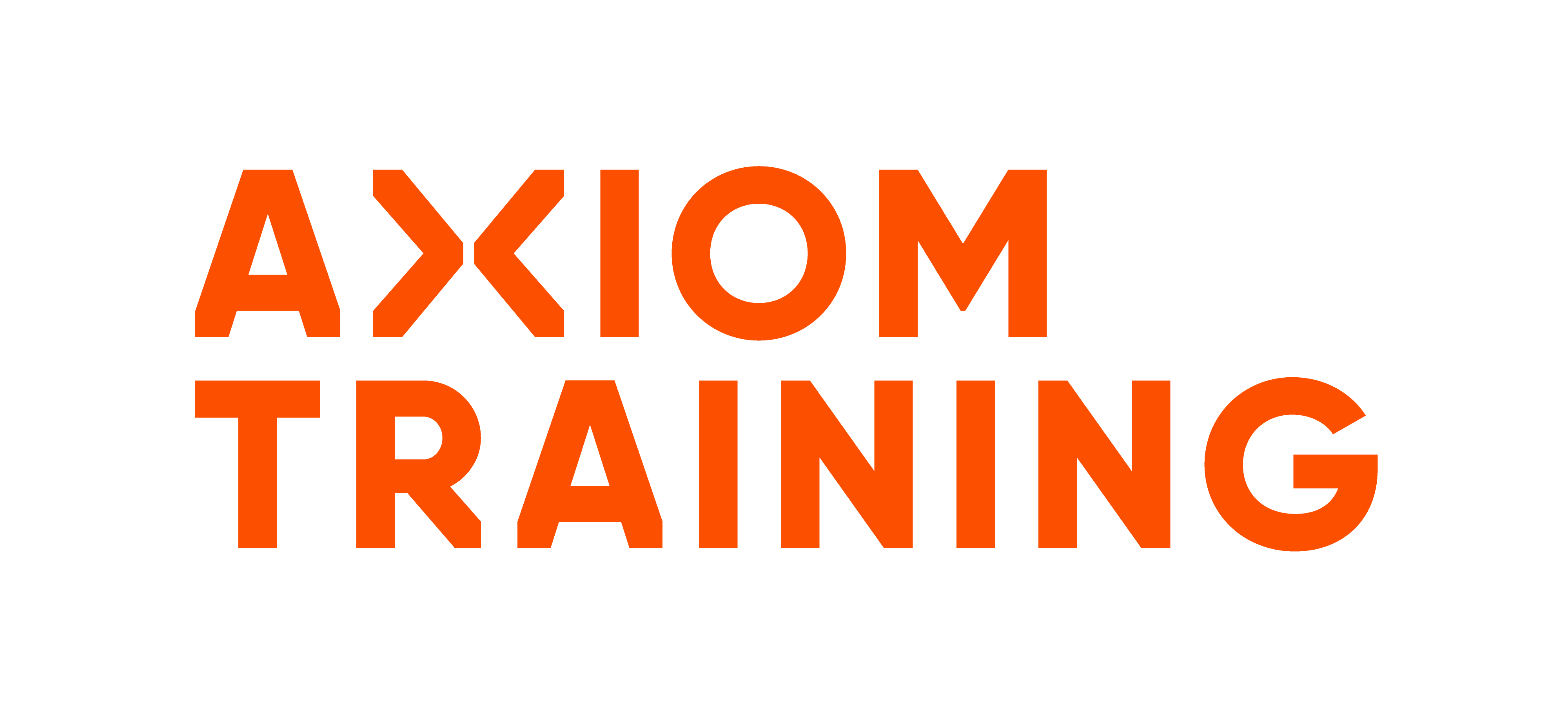White Paper: Toxic Gas - A lethal weapon
Health and Safety White Paper
When it comes to workplace safety, New Zealand has a long way to go. According to MBIE, our rate of work-related acute fatalities is astronomical by international standards – twice that of Australia and four times the rate of the UK. And while accidents at work often grab the headlines, it’s actually harmful substances that are our biggest killer.
A WorkSafe NZ report revealed just how dire things are here, with harmful substances killing Kiwi workers at ten times the rate of accidents. WorkSafe’s research noted that although around 60 people die each year from workplace accidents, between 750 and 900 die annually from work-related illnesses, primarily caused by exposure to hazardous substances.
These facts will be cold comfort to the family of a Wellington man who died from chemical poisoning while on the job. Tasked with mixing reactive chemicals to treat hazardous waste from a substation, the worker was exposed to at least 500 parts per million of hydrogen sulphide. In New Zealand the maximum exposure allowed is 10 parts per million over eight hours.
The death occurred in 2017, and on May 31 this year, the company was sentenced under sections 36(1)(a), 48(1) and (2)(c) of the Health and Safety at Work Act 2015. The organisation was fined $450,000 and ordered to pay reparations of $360,000. In sentencing, Judge Davidson described a “wholesale systemic failure” that had created a “fatal gas chamber” at the facility.
A WorkSafe investigation into the death unveiled a litany of health and safety failings, from improper storage and hazard identification through to a lack of PPE and inadequate risk assessment.
“This death was completely unnecessary and avoidable,” says Hayden Mander, WorkSafe’s National Manager of Investigations. “It’s only by luck that there were not multiple fatalities that day. Exposing workers to this degree of danger is unacceptable to WorkSafe and negligent in the extreme. The company’s failure on so many levels is appalling.”
Safety ‘n Action’s Nicholas Matzopoulos was equally dismayed. As National Training Director for the country’s leading workplace health and safety training provider, keeping workers safe is what gets him out of bed every morning.
“All of us deserve to come home from work safe and sound every day, not only for ourselves, but for our families and communities,” says Nicholas. “Our mission at Safety ‘n Action is to transform New Zealand’s health and safety culture and prevent tragic incidents like this from happening.”
Safety ‘n Action’s one-day Hazardous Substances in the Workplace training programme is a great place to start. https://www.safetynaction.co.nz/en/our-courses/course-catalogue/hazardous-substances-in-the-workplace/
Designed for first-time users or handlers of hazardous substances, it teaches people how to work safely with hazardous substances and includes practical tests and real workplace procedures.
Meanwhile the Atmospheric Testing and Gas Detection course teaches workers to determine whether there are any harmful gases in their workplace (such as high or low levels of oxygen and excessive levels of toxic and flammable gases). The half-day course also includes conducting and interpreting gas test results to identify related hazards within the chemical and energy industry.
https://www.safetynaction.co.nz/en/our-courses/course-catalogue/atmospheric-testing-and-gas-detection/
For a more general (and equally important) training programme, Safety ‘n Action’s full-day Hazard and Risk Management course equips attendees with the knowledge and skills to assess the level of risk associated with a wide range of workplace hazards, consequently helping them to prevent potential illness, injury and incidents.
https://www.safetynaction.co.nz/en/our-courses/course-catalogue/hazard-and-risk-management/
Says Nicholas, “Here at Safety ‘n Action we’ve been delivering health and safety training to Kiwi businesses for more than 20 years, and we’re proud to be playing our part in helping organisations and individuals manage their health and safety responsibilities. If all New Zealand businesses took their health and safety responsibilities as seriously as those that we work with, New Zealand’s track record for workplace safety would look a great deal brighter.”
View training solutions
-
Hazardous Substances for Workers
US 31292 This unit standard is primarily for people employed in work that does not necessarily involve the direct use or handling of hazardous substances, but who would benefit from awareness of associated adverse effects of hazardous substances present on site. It may also be useful for first time users or handlers of hazardous substances prior to specific training in safe management and handling, and for contractors and frequent visitors.
-
Atmospheric Testing and Gas Detection
Prepare yourself with the knowledge and technical skills to determine if a suitable atmosphere exists to conduct work safely. Unit standards covered: 25510 and 3058
-
Hazard & Risk Management
Effective hazard and risk management reduces the chance of harm occurring, resulting in a safer and more productive workplace for you and your team. Unit standards covered: 30265 and 497




